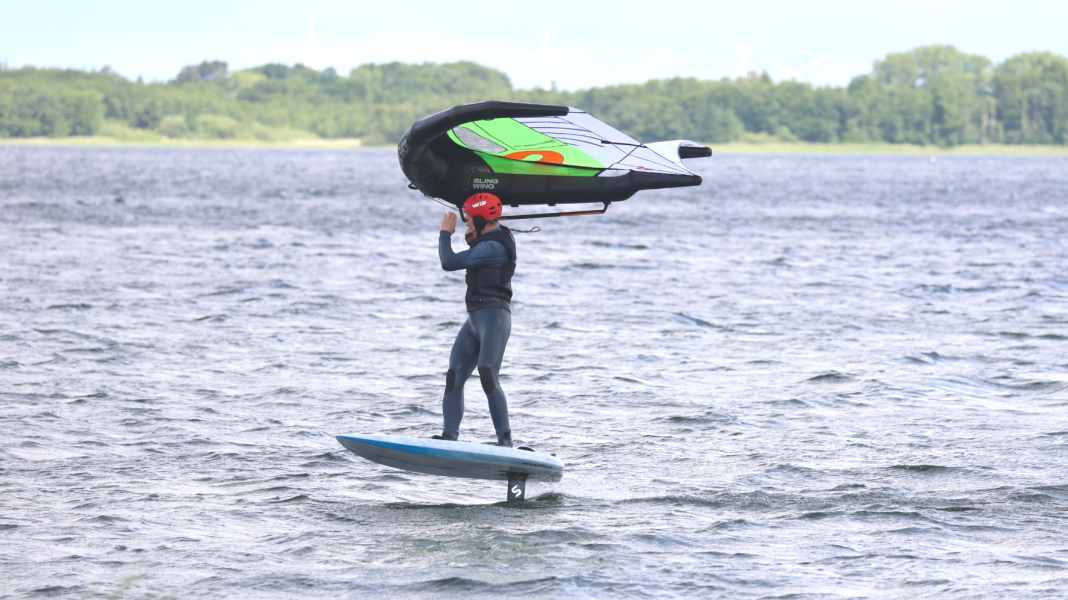
Next to the jibe (HERE is a tutorial) the tack is the most important standard manoeuvre when foiling. However, because a tack is made into the wind, it is much more difficult to perform this manoeuvre completely on the foil. But what is important? Find out here.
The basics
A tack (english "tack") is always a 180-degree turn towards the wind. This manoeuvre is therefore in contrast to the jibe, which by definition is sailed away from the wind. Both manoeuvres can either be toeside or heelside This means, for example, that if you initiate a tack from a normal standing position using the heels, this is a heelside tack. If you start from a twisted foot position ("switch stance"), you initiate the tack via the toes, toeside tack called. Those who are just learning the tack usually struggle with the toeside tack easier. In terms of timing and wing technique, however, there is no difference between the variants - so the following tips apply to both variants.
As before any manoeuvre, it is important that you check the free space before initiating the turn. However, because the view to windward is not obscured by the wing, as is the case with the jibe, the tack is usually a safe manoeuvre that will not give you any nasty surprises.
The 3 sticking points of the wingfoil tack
Almost everyone who learns the manoeuvre struggles with the same problems. These include:
- Loss of speed/touchdown of the board
- No further turning of the board due to the wind
- Problems, the Wing tip-to-tip to the other side
We explain the little tricks you can use to solve these problems in the video tutorial on our YouTube channel. If you don't want to miss any future videos on riding technique or equipment set-up, be sure to subscribe to our channel.
